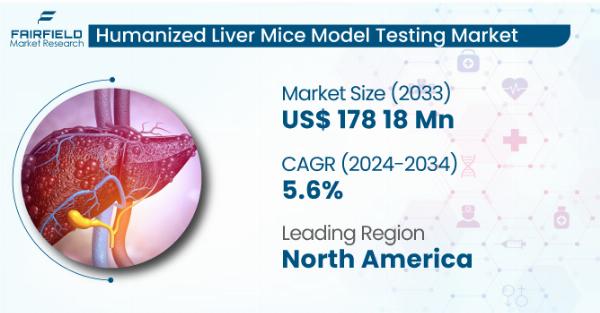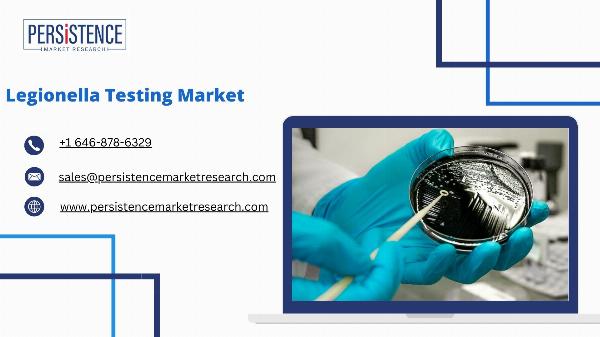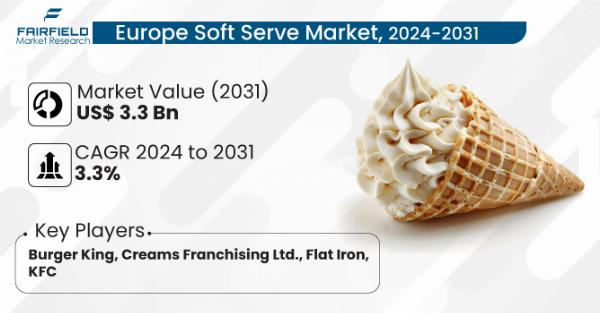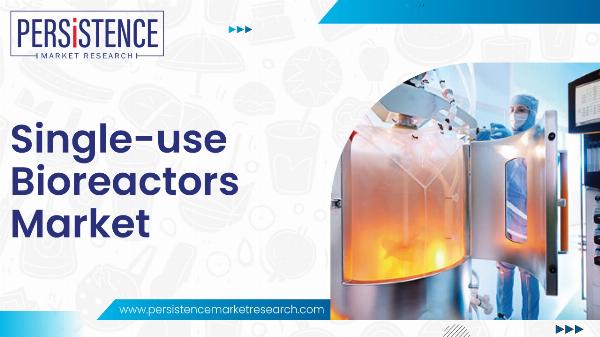 Custom SEO Strategy – Your Path to Page #1 Starts Here!
Custom SEO Strategy – Your Path to Page #1 Starts Here!
Advancements in Primary Hepatocyte Cultures for Drug Development
Written by Neha Patil » Updated on: June 17th, 2025

The pharmaceutical and biotechnology industries are witnessing a paradigm shift in drug development, driven by advancements in primary hepatocyte cultures. These liver cells, widely regarded as the gold standard in vitro model, are transforming how researchers study drug metabolism, hepatotoxicity, and disease mechanisms. As the demand for reliable and human-relevant models increases, primary hepatocyte cultures are playing a pivotal role in accelerating drug discovery and development processes.
For More Industry Insight : https://www.fairfieldmarketresearch.com/report/primary-hepatocytes-market
Revolutionizing Drug Development with Primary Hepatocytes
Primary hepatocytes are isolated liver cells that maintain many of the liver’s functional characteristics, including enzyme activity, transporter function, and metabolic pathways. Their ability to replicate liver-specific functions makes them indispensable for evaluating drug safety and efficacy. Over the years, advancements in hepatocyte culture techniques have significantly enhanced their functionality, viability, and predictive accuracy.

Applications in Drug Development
Toxicology Studies
Hepatotoxicity remains one of the leading causes of drug withdrawal from the market. Primary hepatocytes provide a reliable model to assess potential liver toxicity early in the drug development process, minimizing costly late-stage failures.
Drug Metabolism Studies
The cytochrome P450 enzyme system, critical for drug metabolism, is effectively modeled in primary hepatocytes. These cells help researchers understand metabolic pathways, drug-drug interactions, and clearance rates, ensuring optimal dosing and safety.
Chronic Toxicity Testing
Advancements in long-term hepatocyte cultures allow for the assessment of chronic drug exposure effects, providing insights into long-term safety and therapeutic potential.
Disease Modeling
Researchers use hepatocyte cultures to model liver diseases such as non-alcoholic fatty liver disease (NAFLD), hepatitis, and fibrosis. These models offer a platform for studying disease mechanisms and testing novel therapeutic agents.
Key Advancements in Hepatocyte Cultures
1. Development of 3D Hepatocyte Cultures
Traditional 2D hepatocyte cultures, while valuable, often fail to replicate the liver's complex microenvironment. The introduction of 3D culture systems has been a game-changer. These systems allow hepatocytes to form spheroids or organoid-like structures, closely mimicking the liver’s in vivo architecture and functionality.
3D hepatocyte cultures offer several advantages:
Enhanced cell-cell and cell-matrix interactions.
Improved longevity and functionality of hepatocytes.
Greater predictive accuracy for drug metabolism and toxicity studies.
2. Liver-on-a-Chip Technology
Liver-on-a-chip platforms integrate primary hepatocytes into microfluidic systems that simulate the dynamic conditions of the liver. These platforms offer unparalleled insights into hepatocyte behavior, enabling real-time monitoring of enzyme activity, metabolic pathways, and drug clearance.
The advantages of liver-on-a-chip technology include:
Reduced reliance on animal models.
Real-time analysis of drug effects under physiological conditions.
Improved scalability and reproducibility for preclinical testing.
3. Improved Cryopreservation Techniques
Cryopreserved hepatocytes have become a cornerstone for drug development due to their availability and batch consistency. Recent advancements in cryopreservation methods have improved post-thaw viability and functionality, ensuring that hepatocytes retain their liver-specific characteristics. This has expanded their use in high-throughput screening and other time-sensitive applications.
Market Insights and Growth Projections
The global primary hepatocytes market is projected to grow from US$238 million in 2024 to US$410 million by 2031, registering a compound annual growth rate (CAGR) of 8%. This growth reflects the increasing adoption of hepatocyte-based models in drug discovery and toxicology studies.
Regional Dynamics
North America dominates the market, driven by robust research infrastructure and high adoption rates of advanced hepatocyte culture systems.
Europe is a key player, with stringent regulatory guidelines promoting in vitro models to replace animal testing.
Asia Pacific is emerging as a significant growth hub, fueled by rising pharmaceutical R&D investments and supportive government policies.
Driving Factors Behind Market Growth
Regulatory Push for In Vitro Models
Regulatory bodies like the FDA and EMA emphasize using in vitro models such as primary hepatocyte cultures for preclinical testing. This shift aligns with global efforts to reduce animal testing while ensuring drug safety and efficacy.
Rising Prevalence of Liver Diseases
The increasing incidence of liver diseases, including hepatitis and NAFLD, has heightened the demand for reliable hepatocyte-based models. These models enable researchers to explore disease mechanisms and develop effective treatments.
Technological Innovations
Advancements in 3D culture systems, cryopreservation techniques, and microfluidic platforms are enhancing the reliability and scalability of hepatocyte-based models, driving their adoption across pharmaceutical and biotechnology sectors.
Challenges and Opportunities
Challenges
High Costs
The isolation, storage, and transport of primary hepatocytes require significant resources, limiting accessibility for smaller research institutions.
Limited Donor Availability
The procurement of donor liver tissues remains a bottleneck, particularly for human hepatocytes. Ethical and regulatory considerations further complicate the supply chain.
Functional Variability
Differences in donor characteristics, such as age, health status, and genetic background, can result in inconsistent experimental outcomes.
Opportunities
Expansion in Emerging Markets
Growing pharmaceutical research investments in regions like Asia Pacific present significant opportunities for market expansion.
Integration with Artificial Intelligence (AI)
Combining hepatocyte-based models with AI-driven data analytics can enhance the predictive accuracy of drug testing and accelerate decision-making processes.
Applications in Personalized Medicine
Advances in genomics and induced pluripotent stem cells (iPSCs) enable the development of patient-specific hepatocyte models, opening new avenues for personalized medicine.
Competitive Landscape
Several key players dominate the primary hepatocytes market, including:
Thermo Fisher Scientific
Lonza Group
BioIVT
Sekisui XenoTech
These companies are focusing on strategic collaborations, biobanking capabilities, and technological innovations to strengthen their market presence. For instance:
Thermo Fisher Scientific leads in cryopreserved hepatocytes, offering advanced storage solutions.
Lonza Group has developed customized hepatocyte-based assays for high-throughput screening applications.
BioIVT recently launched a diverse biobank of hepatocytes from donors with specific genetic backgrounds.
Note: IndiBlogHub features both user-submitted and editorial content. We do not verify third-party contributions. Read our Disclaimer and Privacy Policyfor details.
Copyright © 2019-2025 IndiBlogHub.com. All rights reserved. Hosted on DigitalOcean for fast, reliable performance.














